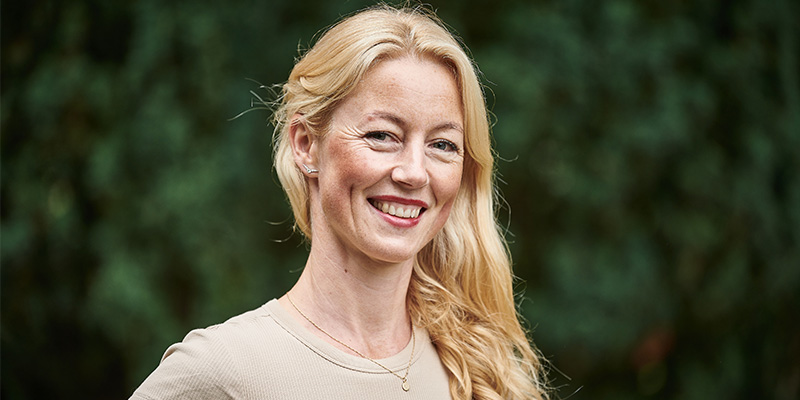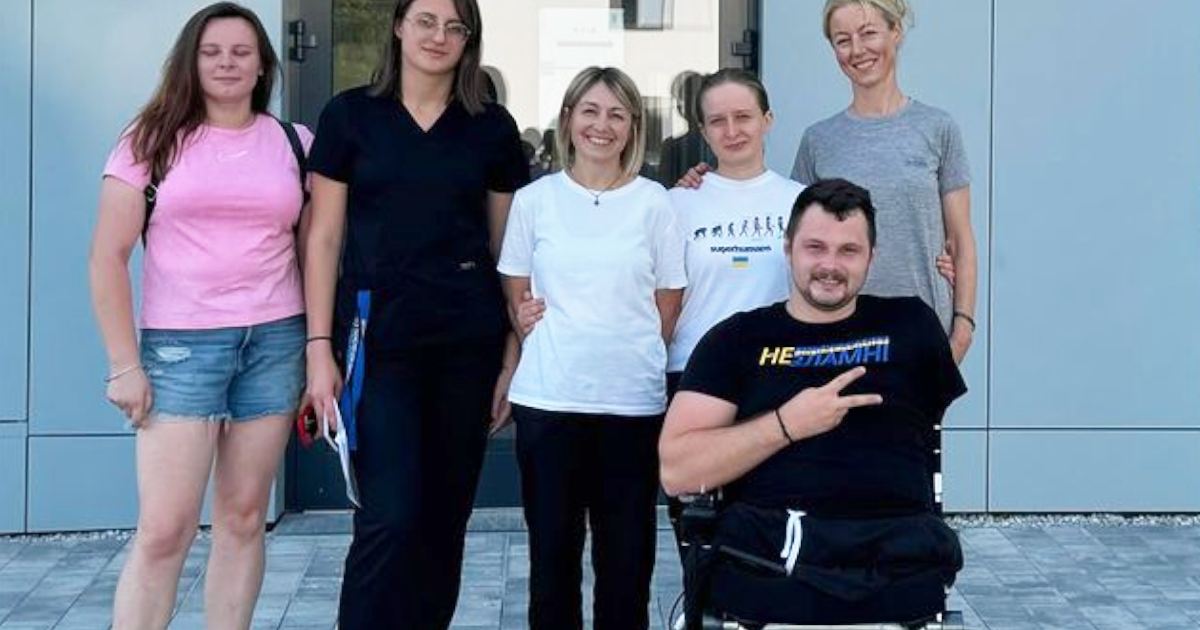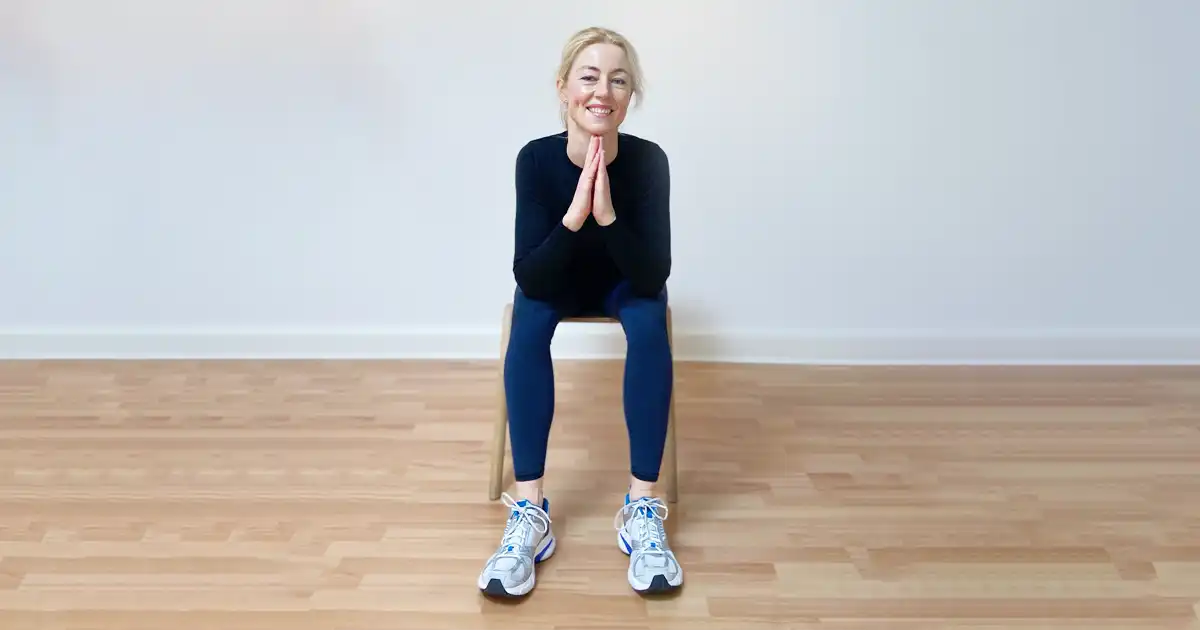What you read here is something I’ve only learnt while working with clients – both civilian and military, and therefore the learning is concentrated around the last 9 years of a long career. This is my first time writing on the subject.
This blog post contains a kind of empirical data that I have collected (in my head, in my notebook and from scientific articles) over these years. The empirical data has unfolded in my clinic, on (research) courses in the US, during the 4 years I was employed by Danish Wounded Warriors and in connection with volunteer work at the Superhumans Centre in Lviv during the ongoing war between Russia and Ukraine, which I am still involved in.

When I did my degree in Nutrition and Health, I understood health as something linear with the following mathematical relationship:
Energy in / energy out = +/- balance.
What you take in – offset by what you burn – results in your body composition. The same can be said about activity and rest in relation to stress levels. Too much activity in relation to rest can trigger stress.
Rest / activity = +/- stress.
Stress and body composition have an impact on some of the major issues we need to know much more about in order to live well, but also live long and preferably disease-free lives, and these are
- Pain/tension.
- Stress.
- Inflammation.
- Dementia symptoms.
Over the last 9 years, I’ve become increasingly aware that it’s the nerves and the brain that are the first mover and last mover when it comes to the connection between pain/tension, stress, inflammation and the risk of dementia symptoms.
The good news is that the problem may be complicated, but the solution is relatively simple – below I outline a number of elements that impact our neuromuscular health that you can try to choose from and implement into your life.
- Breathing: focusing on breathing immediately influences your brain, nerves and muscles to be more calm and anti-inflammatory.
- Being able to hear well, preferably with an assistive device if your hearing is impaired. The constant sounds around stimulate your brain, nerves and keep them limber.
- Believing in something bigger than yourself, which in no way can be assisted therapeutically or in an exercise programme, but we can think about the idea.
- To touch/be touched: to feel the palms of your hands and soles of your feet, either your own or another person’s. You can touch yours, but also touch things, surfaces and get impressions to the brain via that route. This causes a large part of the cerebral cortex to react and can therefore be a good way to focus, calmness and better physical contact and maybe even a better overview.
- Break ingrained habits and possibly create new ones that you can break again, and in this way the brain creates new pathways down to the body and back again.
- Balance training every day. Do something unstable or coordinate some movements in a new way, e.g. change the hand that brushes your teeth or stand on one leg and tie your shoes, close your eyes when folding clothes, stand on a balance board and listen to a podcast.
- Socialise regularly and seek out and join communities – preferably something that helps others.
- Counterbalance tension both with stretching, but also with activation of the opposite side, or in other words, the muscle that pulls in the opposite direction.
- Three times of exercise at moderate activity levels for 30-45 minutes a week changes a stressed pattern in the brain and muscles to de-stress.
- High-intensity exercise for about 45 minutes over the course of a week, which can be anything from sprinting up a flight of stairs, to cycling fast or sitting on a chair and pulling a rubber band (rowing), to jumping on the spot or going down and up from a squatting position. The goal is to be out of breath and get tired muscles.
- Rest when you’re tired and create as good a resting environment as possible.
- Illness prevention is obviously better than getting sick, but it can’t be done every time.
- Clean air is important both inside and out – good urban and indoor air quality and get out every day while it’s light.
- Find out how to be driven by a purpose that suits you.
- Healthy oils like olive oil, small fatty fish or nuts, but also hydration with water and a varied diet to cover the need for energy (carbohydrate, protein and fat), but also the need for all vitamins and minerals.
- See action films where the heart rate can go up and then come down again.
- Listen and speak, such as in debates, where your heart rate can go up.
- Read a physical book that you hold in your hands. Reading has been shown to influence our learning and therefore brain health.
- Drink 1 glass of wine to calm down, not two, but one, not every day, but on selected days to calm down and get the muscles to start relaxing.
With this blog post, you get one month of free training with my Danish language web-app, Neuromuscular Workout Online.
Simply click on this link:
Become a Neuromuscular Workout Online member >
and insert the following discount code at checkout:
HelloONLINE
(Offer ends 15. April 2024)
You can now enjoy a healthy Neuromuscular Workout every morning from the comfort of your own home via a video link sent to your email.
After a month of doing at least one workout a week, you will notice a good change and decide if it’s something you want to continue with.
A subscription then costs DKK 499/month and can easily and always be cancelled before the next month. The subscription gives you full access to train live with me in the morning or choose a workout with a specific muscle focus in the web app at another time.
I wish you a great workout!
– Malou Deichmann





